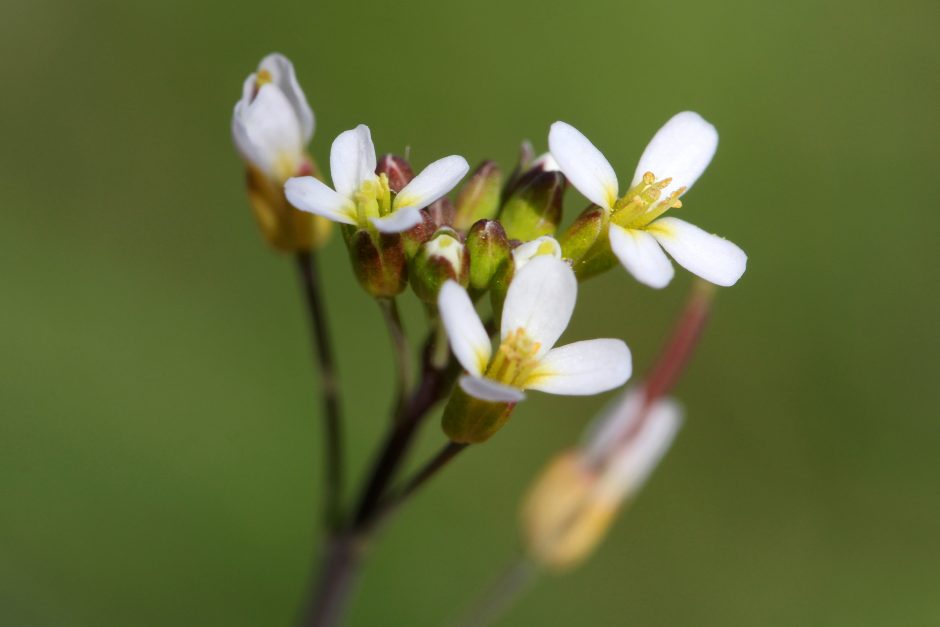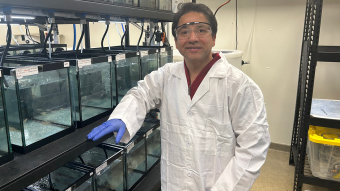
Aug. 1, 2022
Contact: Eric Stann, 573-882-3346, StannE@missouri.edu

A plant scientist from the University of Missouri has discovered a new way of measuring stress in plants, which comes at a time when plants are experiencing multiple stressors from heat, drought and flooding because of extreme weather events.
The discovery involves a once maligned collection of molecules called reactive oxygen species (ROS), which are produced by anything that uses oxygen, like animals, people and plants. But Ron Mittler at MU has uncovered a redeeming quality of ROS — their role as a communication signal that can indicate whether plants are stressed out.
“When stressors from heat and drought are added together, plants don't have ground water to draw from, so they close the stomata [leaf pores], and this makes the leaves become really hot,” said Mittler, whose appointment is in the College of Agriculture, Food and Natural Resources. “This is why the combination of drought and heat is really dangerous, because the leaf temperature is much higher than with a plant subjected to just heat. The change can be anywhere between two and four degrees, and that can make the difference between life and death.”
Plant stress is also tied to crop loss, but existing analytical research on the subject has typically focused on how crops react to just one stressor. However, Mittler said a plant’s survival rate will dramatically decrease as the number of stressors continues to increase to three to six different stressors. The key, he said, is to keep ROS levels in check. Either too much or too little can be damaging, but an optimum level of ROS can be considered safe for life.
Hooked on science
Born and raised in Israel, Mittler wanted to be a veterinarian while growing up. But, after enrolling at the Hebrew University of Jerusalem, he recalls spending a summer in the late 1980s as an undergraduate student working in an agriculture lab, where he got “hooked” on science — particularly the role of ROS in plants. Mittler has been studying ROS ever since.
“At the time, we were trying to identify why certain cell lines were more resistant to salinity than others,” he said. “That was my first-ever scientific research problem. But then I started to work on desert plants, and from there on reactive oxygen species and blue green algae.”
“Reactive oxygen species signaling in plant stress responses,” was published in Nature Reviews Molecular Cell Biology, a journal of Nature. Other authors include Sara Zandalinas and Yosef Fichman at MU; and Frank Van Breusegem at Ghent University in Belgium.
This study was supported by funding from the National Science Foundation (IOS-2110017, IOS-1353886, MCB-1936590 and IOS-1932639), the National Institutes of Health, the University of Missouri Interdisciplinary Plant Group, University of Missouri, Research Foundation – Founders (project G0D7914N) and the Excellence of Science Research (project 30829584). The content is solely the responsibility of the authors and does not necessarily represent the official views of the funding agencies.
Editor’s Note:
Mittler holds a joint appointment in the Department of Surgery in the MU School of Medicine, and he is also a principal investigator in the Christopher S. Bond Life Sciences Center.



